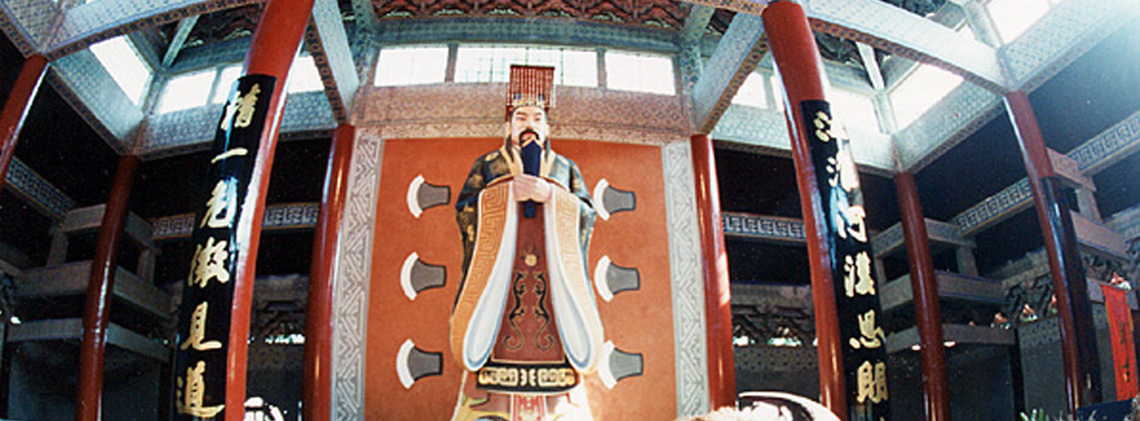
Early Mythology of China
Splendid
Chi Culture
Topic
Early Mythology of China
Shenhua (myths) are legends and stories which employ supernatural images to mirror the ancients’ understanding of the world’s origin, natural phenomena, and social life in an imaginative way. Later literary and artistic creations which imitate ancient myths or make use of mythical beings to reflect or satirize reality are also regarded as myths. China has an abundance of myths, many of which are to be found in the ancient classics.
Created out of everyday experiences, primitive proto-mythology often deals with the natural environment and aspects of social life including the origin of the world and fate. In the proto-society, when productivity was extremely low, people were incapable of standing up against nature, so they imagined that things were controlled by personified spirits. Out of this understanding grew the belief of “animism.” As human society developed, people became more powerful so they created a series of heroic stories in which human beings vanquish nature. Thus, myths reflecting social life appeared. Mythology of this period can be classified into six types: myths of genesis, heroes, society, nature, totem, and religion. Some of the most well-known classic myths in China are: Pangu separating heaven from earth, Nüwa creating humans, the decapitated Xingtian brandishing his battle axe and shield, Gongong crashing into Mount Buzhou in anger, Kuafu chasing the sun, the Jingwei bird trying to fill up the sea, Hou Yi shooting down the extra suns, and Yu the Great taming the floods. Representative characters include Xihe (mother of the sun), Fuxi (pioneer of animal husbandry), and Shennong (pioneer of agriculture and herbal medicine). Orally composed by ancient Chinese, these myths were gradually enriched in content and in artistic form through circulation.
The Shanhai jing (Guideways through the mountains and seas) records Chinese myths, and contains accounts of geography, flora, fauna, minerals, resources, and products, as well as witchcraft, religion, medicine, customs, and ethnicity. Preserving more ancient myths than any other extant work, it is a treasure trove of the earliest Chinese mythology. The book was created by multiple unknown authors from around the early Warring States period (475–221 BCE) to the early Han dynasty (206 BCE–220 CE) and was co-edited by Liu Xiang (77–6 BCE) and his son Liu Xin (50 BCE–23 CE) during the Western Han (206 BCE–24 CE). The book mentions 277 animals such as fantastic birds and beasts that might bring disaster, or auspicious ones that could bring good fortune; the book also mentions monsters. People nowadays take these records as reflecting personal experience, chance encounters, or the impact of climate change as observed by people. Throughout the book we see the ancients evolving from ignorance to enlightenment in their understanding of nature. Besides animals, the Shanhai jing, which was as fantastic as One Thousand and One Nights, also deals with many bizarre domains and peoples such as the country of giants, dwarfs, feathered people, and others. The accounts of neighboring countries and nations recorded by the ancient Chinese thousands of years ago are a mixture of observation, hearsay, and fantasy. Some people believe that monsters mentioned in the book are tribal totems or represent a type of role-playing. It is seen as a sorcery book by Lu Xun (1881–1936), a geographical work by Mao Dun (1896–1981), and an encyclopedia by Yuan Ke (1916–2001) who claimed that the book displayed many aspects of China’s late primitive society in a rather comprehensive way.



